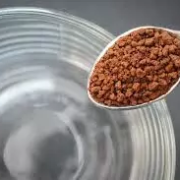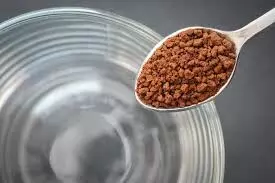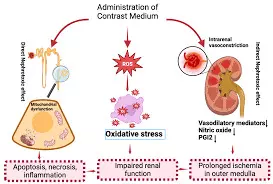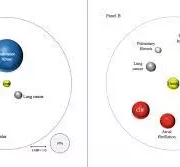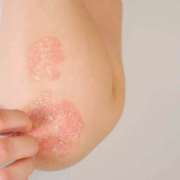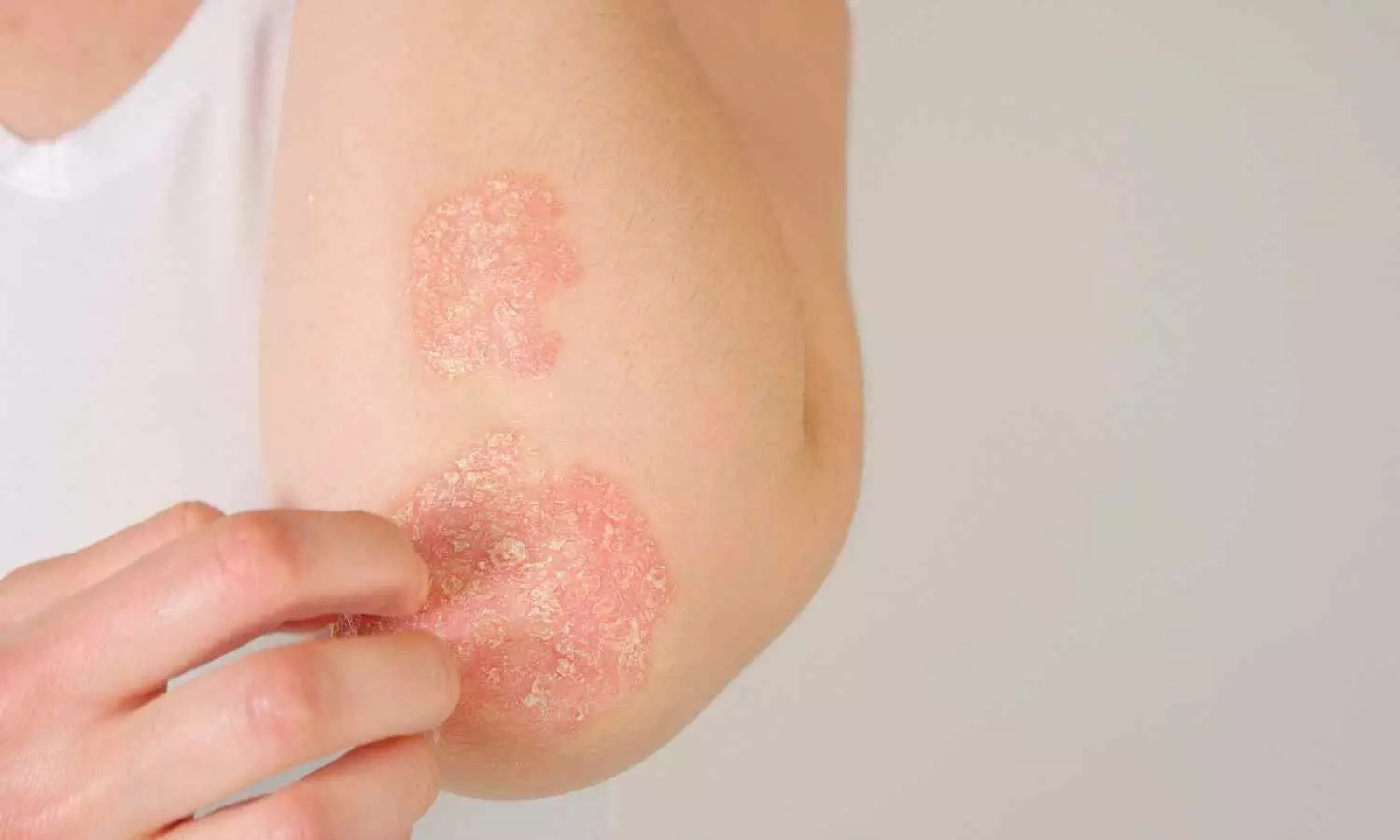Reflux recurrence risk after laparoscopic fundoplication similar in Both Erosive and Nonerosive GERD: JAMA

A new study published in the Journal of American Medical Association showed that reflux recurrence risk after laparoscopic fundoplication was similar in patients with nonerosive and erosive gastroesophageal reflux disease (GERD), challenging the notion that nonerosive GERD is less suitable for surgery. The findings suggest that absence of erosive disease on endoscopy should not preclude antireflux surgery.
With a more benign history of the disease and less sensitivity to antireflux drugs, nonerosive GERD is increasingly being seen as a distinct entity from erosive GERD. It is unknown if antireflux surgery works better for erosive GERD than nonerosive GERD. And so, to determine if individuals with nonerosive GERD experience greater reflux symptoms following antireflux surgery than those with erosive GERD, this study was carried out.
All patients in Finland and Sweden who had primary laparoscopic fundoplication for GERD between January 1, 1996, and December 31, 2019 were included in this population-based cohort analysis. Between March and April of 2024, statistical analysis was carried out. The primary exposure was comparing individuals with erosive GERD (i.e., erosive esophagitis found during preoperative endoscopy) with those with nonerosive GERD (i.e., no erosive esophagitis or Barrett esophagus found during preoperative endoscopy).
Reflux recurrence was the primary outcome, which was defined as secondary antireflux surgery or postoperative antireflux medication for at least 6 months. After controlling for age, sex, comorbidity, hospital volume of antireflux surgery, calendar year, and country, Poisson regression yielded hazard ratios (HRs) with 95% confidence intervals.
Of the 6,194 patients who had primary fundoplication, 2700 (43.6%) were diagnosed with nonerosive GERD and 3494 (56.4%) with erosive GERD (median age, 53 years [IQR, 42-62 years]; 3310 women [53.4%]).
In patients with nonerosive GERD (17.1% [461 of 2700]) and those with erosive GERD (17.1% [596 of 3494]), the frequency of reflux recurrence was comparable across a follow-up period of up to 23 years (range, 0-23 years; median, 8.8 person-years [IQR, 4.3-13.5 person-years]).
When examining recurrence by antireflux medication (HR, 1.04; 95% CI, 0.90-1.21) and secondary antireflux surgery (HR, 0.91; 95% CI, 0.75-1.10) separately, patients with nonerosive GERD had a similar overall risk of reflux recurrence as patients with erosive GERD (adjusted HR, 0.98; 95% CI, 0.87-1.11).
The HRs of the different follow-up groups following fundoplication and analyses stratified by the six factors in the multivariable model did not differ from one another. Overall, evidence suggesting nonerosive GERD is less responsive to antireflux drugs contradicts this conclusion. Therefore, the lack of erosive GERD seen during an upper endoscopy cannot be used as justification for skipping antireflux surgery.
Source:
Holmberg, D., Bielik, J., Santoni, G., Ness-Jensen, E., von Euler-Chelpin, M., Kauppila, J. H., & Lagergren, J. (2025). Reflux recurrence after laparoscopic fundoplication for nonerosive gastroesophageal reflux disease. JAMA Network Open, 8(6), e2517754. https://doi.org/10.1001/jamanetworkopen.2025.17754
Powered by WPeMatico


